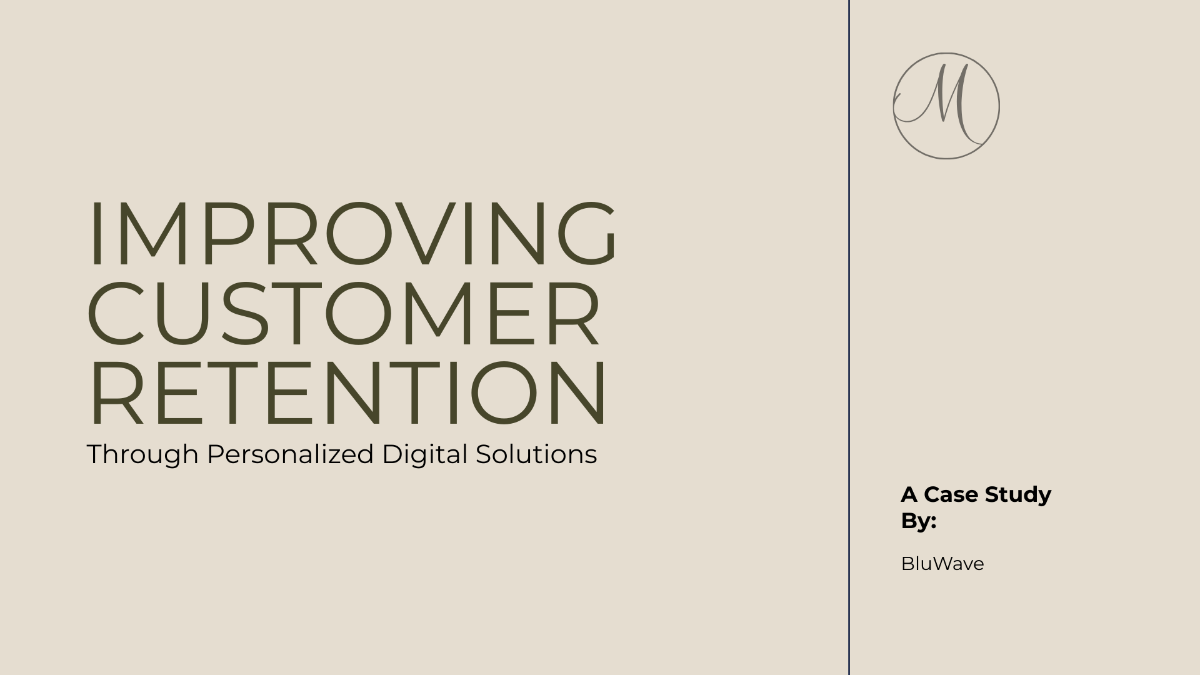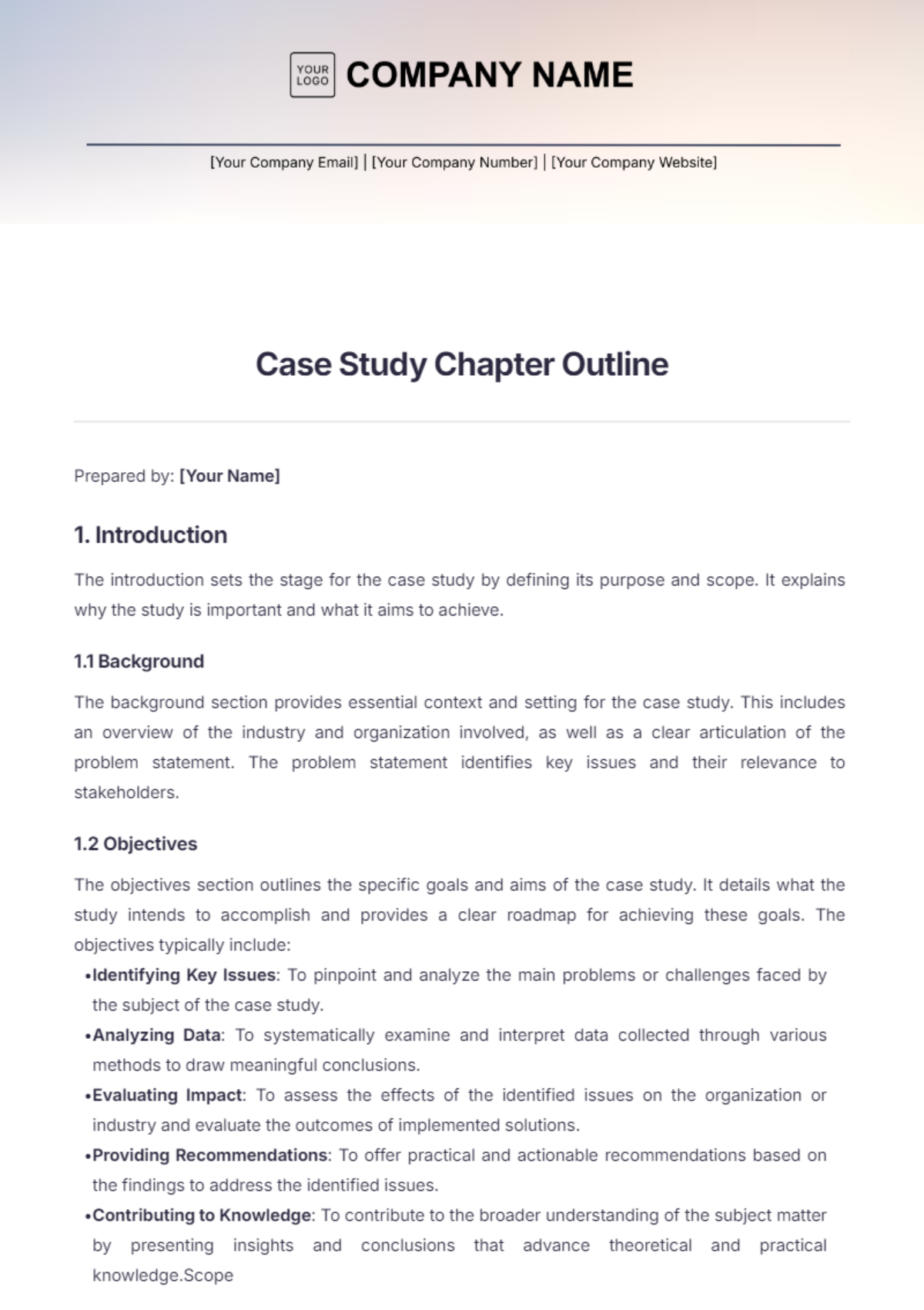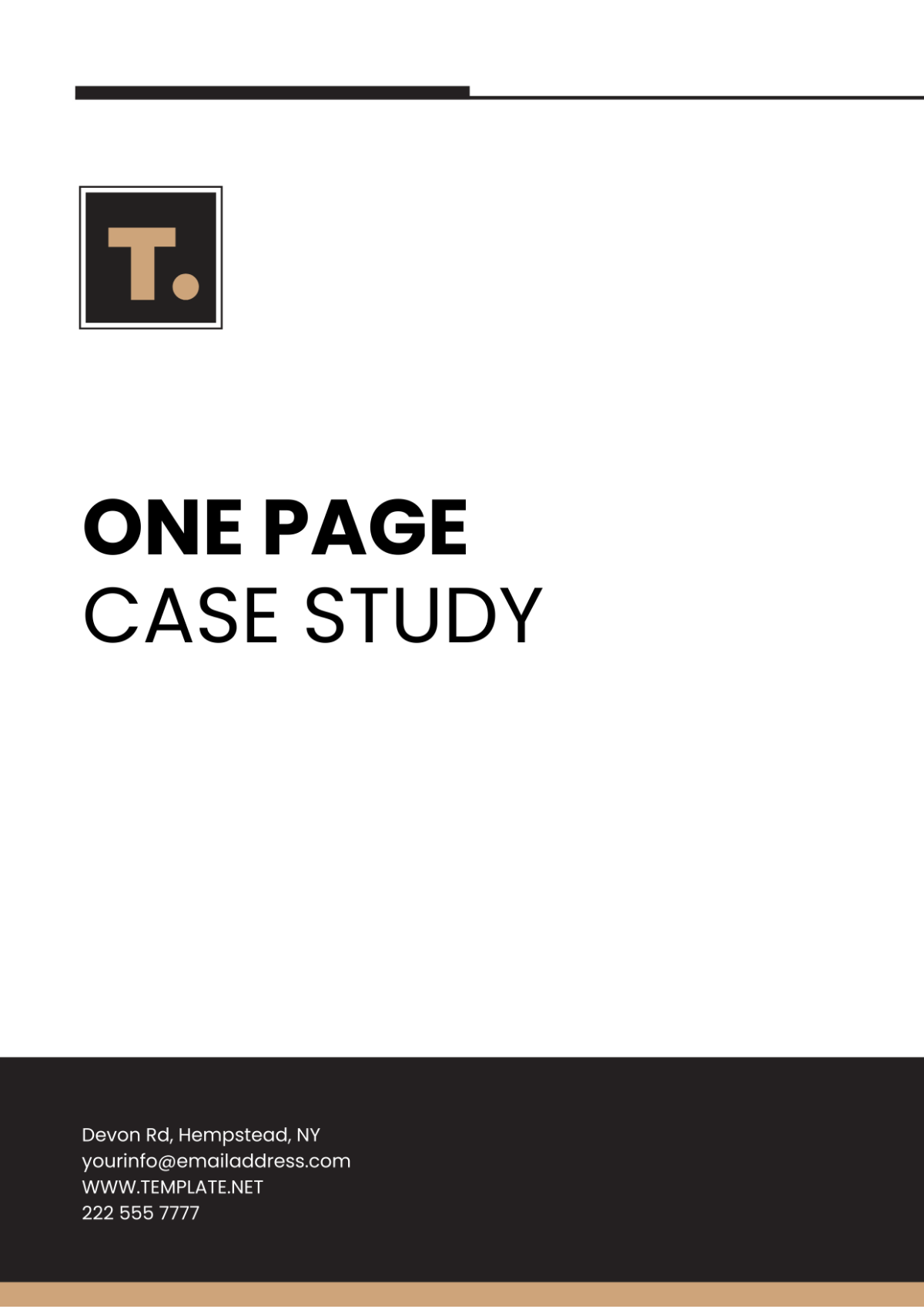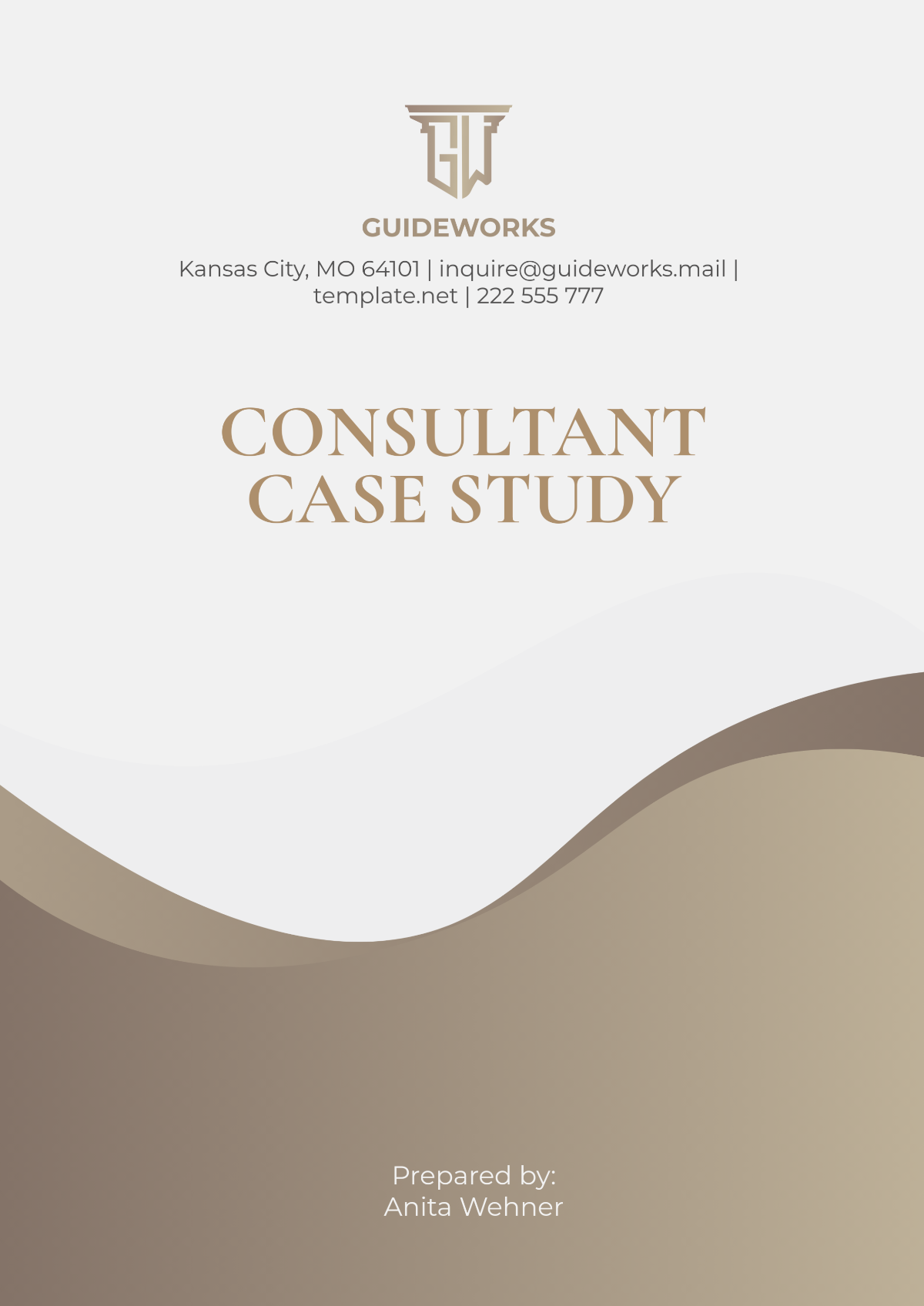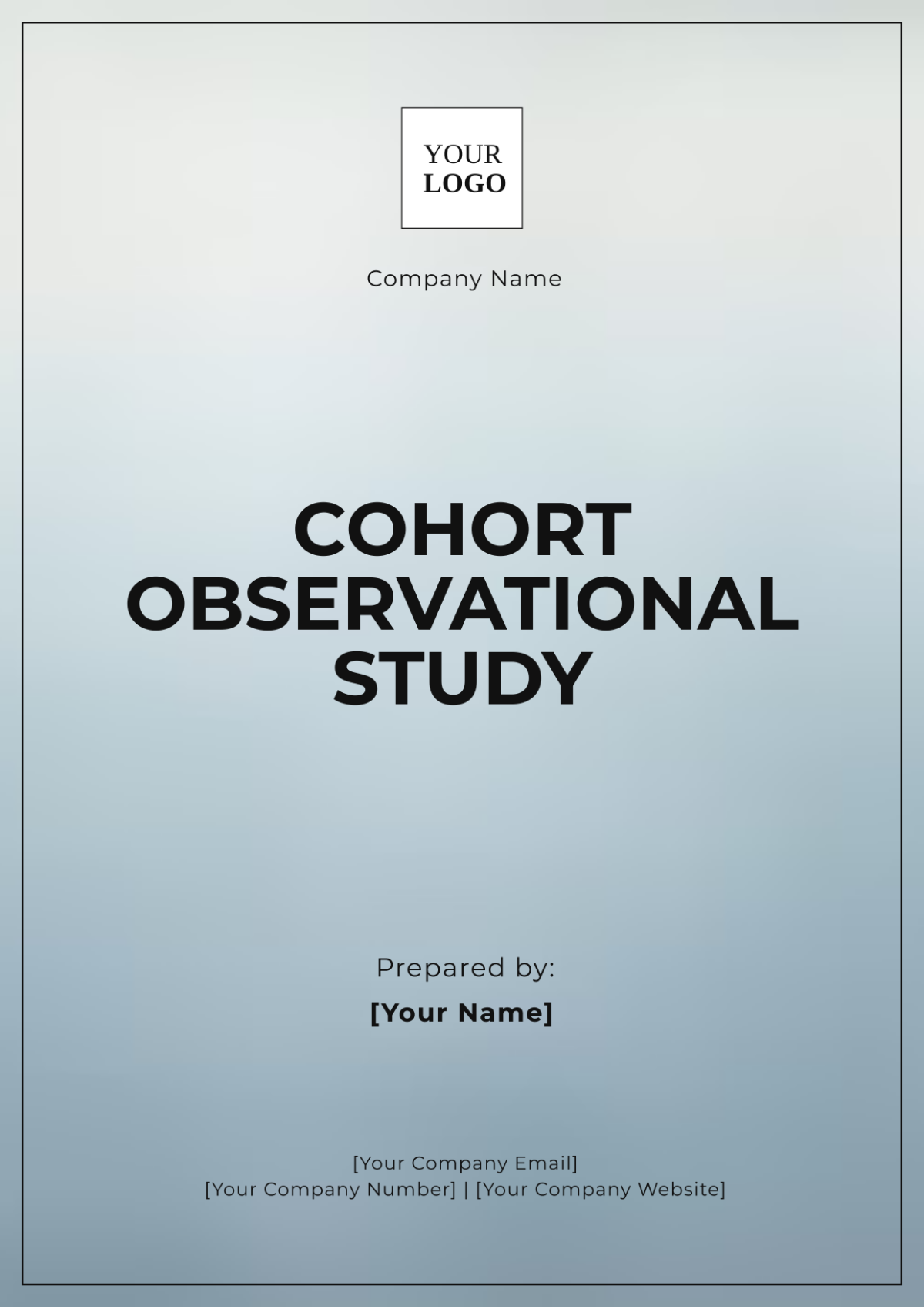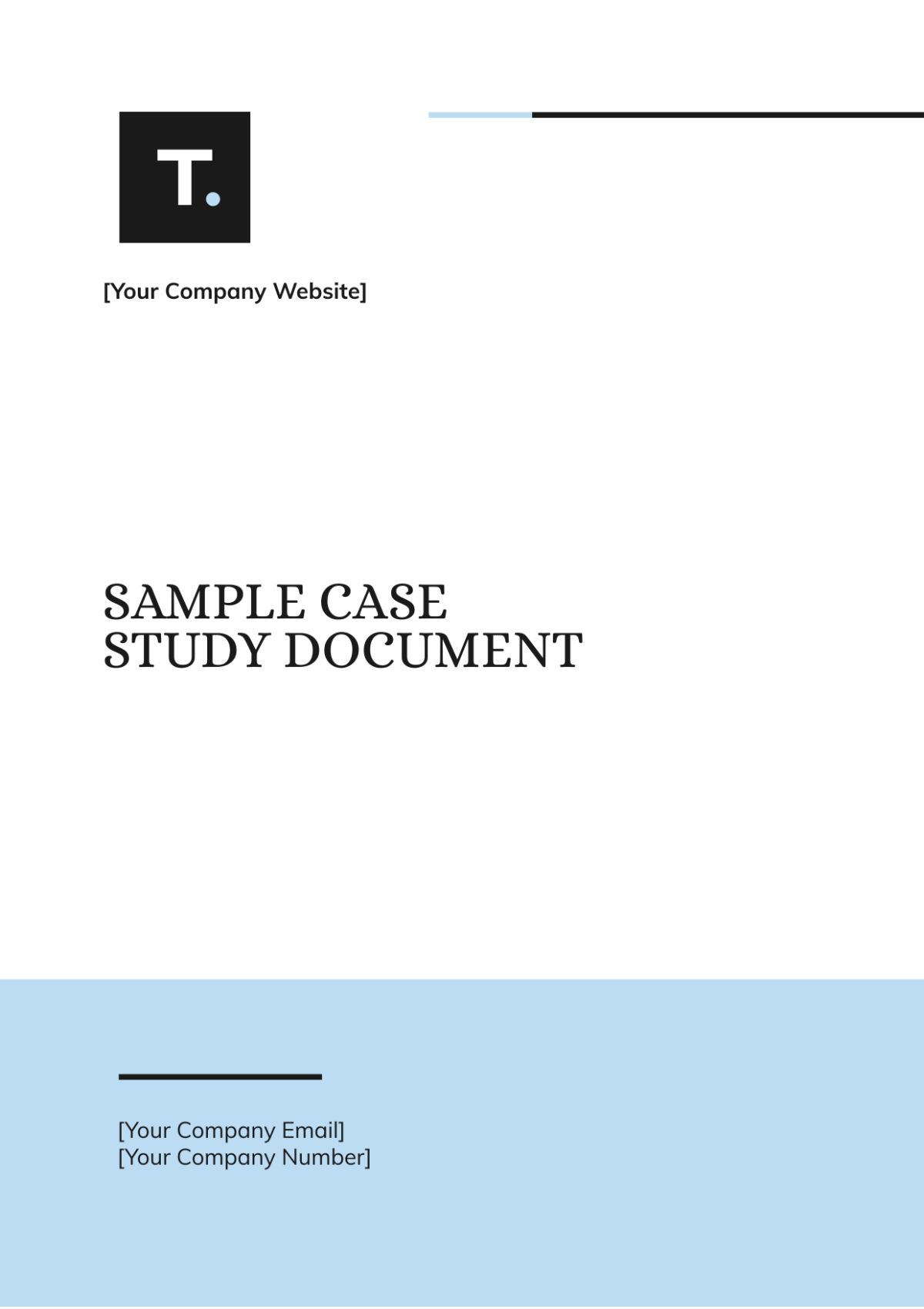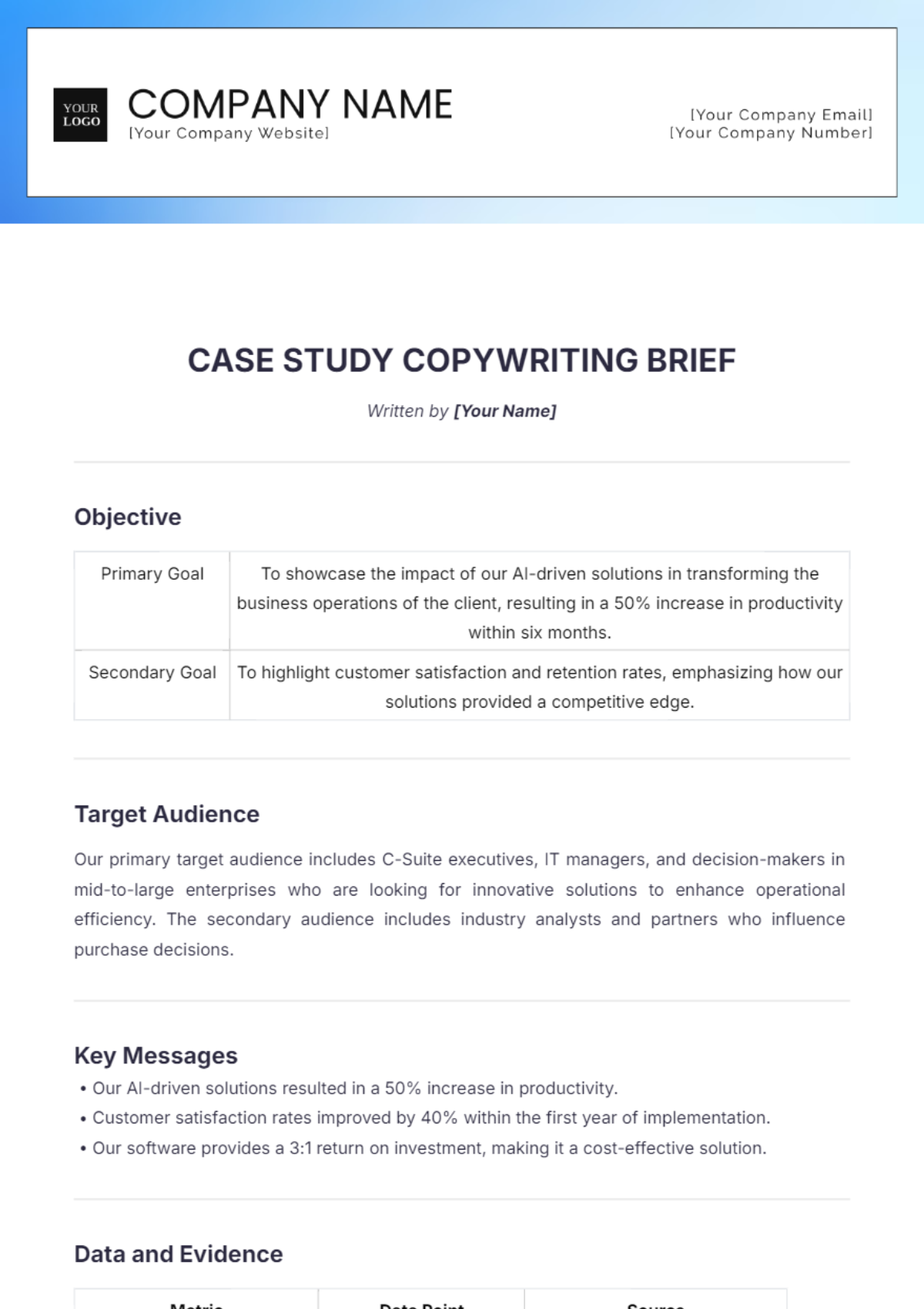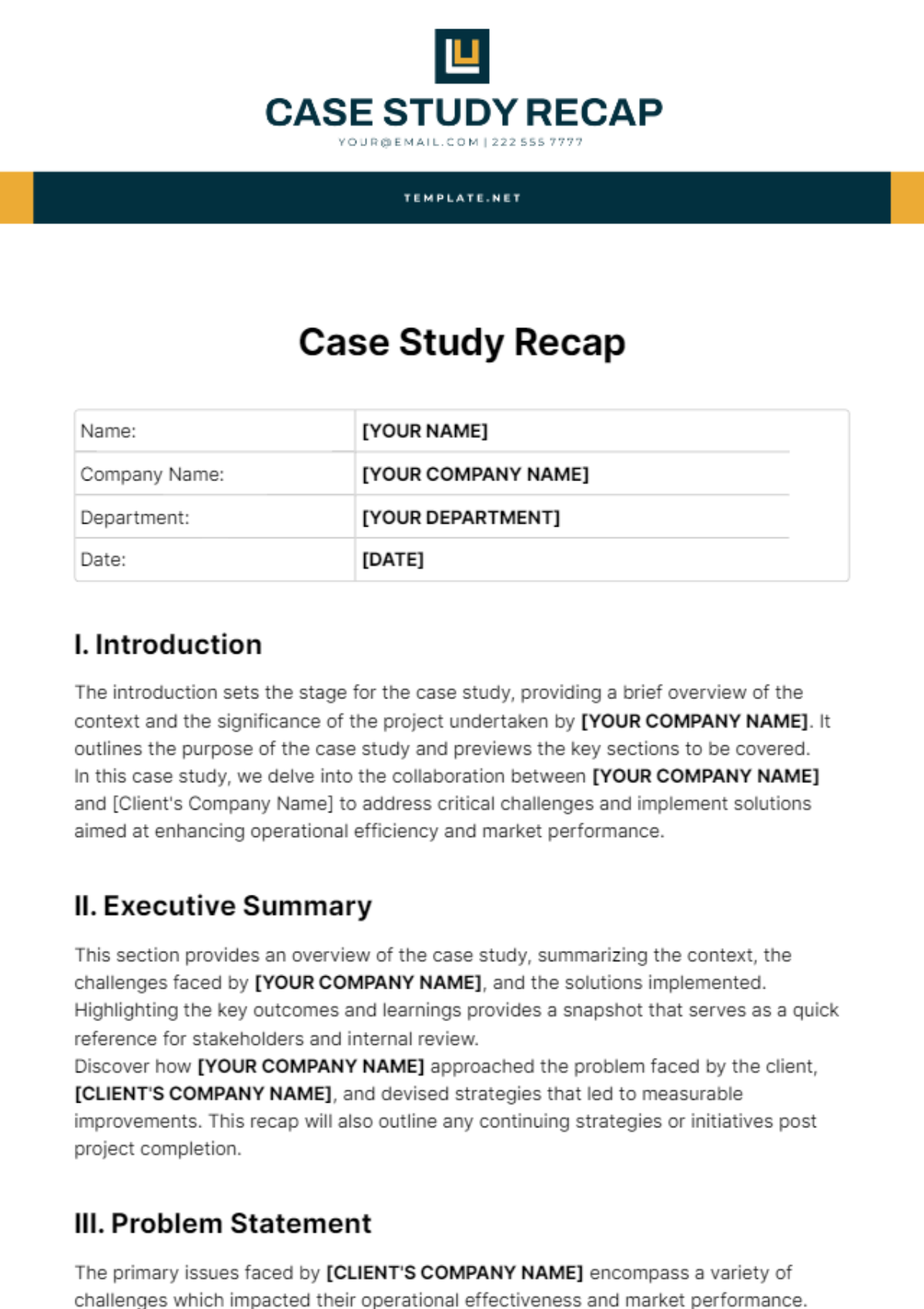In-depth Case Study
Title: Implementing a New Customer Relationship Management (CRM) System in [Your Company Name]
Prepared by: [Your Name]
I. Introduction
This case study explores the implementation of a new Customer Relationship Management (CRM) system at [Your Company Name], a mid-sized organization in the manufacturing industry. The company had been experiencing inefficiencies in managing customer relationships, sales data, and marketing processes due to the limitations of its existing legacy systems. The goal was to adopt a modern CRM solution to streamline operations, improve customer engagement, and increase sales.
II. Background
[Your Company Name] had been using an outdated CRM system for over 10 years. The system lacked integration with other departments, leading to siloed data, poor customer service, and missed opportunities for cross-department collaboration. The sales team relied on manual processes, leading to duplication of effort and errors in reporting. Additionally, the marketing department found it challenging to track campaign performance and customer engagement.
The company's CEO identified the need for a comprehensive CRM system that could integrate with existing tools, provide real-time data, and offer automation to improve workflow efficiency. After a thorough evaluation process, they selected a cloud-based CRM platform designed to meet the unique needs of manufacturing companies.
III. Challenges
Before implementation, [Your Company Name] faced several challenges:
Data Migration: Migrating historical customer data from the old system to the new CRM was a complex process, given that much of the data was unorganized and incomplete.
Employee Resistance: Some employees were resistant to change, expressing concerns about learning the new system and the potential for disruptions to their daily routines.
Integration with Existing Tools: The new CRM needed to seamlessly integrate with other existing tools such as the enterprise resource planning (ERP) system, marketing automation tools, and customer support software.
Customization Needs: As a manufacturing company, the CRM required custom workflows tailored to meet the specific needs of production cycles, supply chain management, and post-sales support.
IV. Implementation Process
The implementation was divided into several phases to ensure smooth integration and minimal disruption to daily operations.
Phase 1: Requirement Gathering and Vendor Selection
The project team, led by the CIO, identified the key functionalities required from the CRM system, including sales tracking, customer support, inventory management, and marketing automation. After assessing multiple vendors, the company selected a CRM solution based on its scalability, ease of integration, and industry-specific features.
Phase 2: Data Migration and System Integration
A data cleanup process was initiated to ensure accurate and complete customer information would be transferred to the new CRM. Once the data migration was completed, the IT team integrated the CRM with the ERP system and marketing tools, allowing for real-time data updates across all departments.
Phase 3: Employee Training
Training programs were conducted to familiarize employees with the new system. Workshops and online tutorials were provided, targeting different departments and user roles within the organization.
Phase 4: Customization and Testing
Custom workflows were developed to align the CRM system with [Your Company Name]'s unique business processes. The CRM was then tested in a pilot phase with the sales team to address any issues before the company-wide rollout.
Phase 5: Go Live and Monitoring
After successfully passing the testing phase, the CRM system was launched across all departments. The project team monitored the system closely for the first three months, gathering feedback from users to make necessary adjustments.
V. Results
The implementation of the new CRM system delivered significant improvements:
Increased Efficiency: The sales team reported a 25% increase in productivity due to automation of manual tasks such as data entry, lead scoring, and follow-up reminders.
Improved Customer Engagement: The marketing department used CRM insights to tailor campaigns more effectively, resulting in a 15% increase in lead conversions over the first six months.
Seamless Data Integration: Real-time integration between the CRM and ERP systems enabled better decision-making by providing stakeholders with a single view of customer information, production schedules, and inventory levels.
Employee Adoption: Despite initial resistance, 90% of employees adopted the system within the first three months. The user-friendly interface and ongoing support helped mitigate challenges during the transition.
Enhanced Reporting and Analytics: The new CRM system allowed the company to generate detailed reports, enabling better forecasting and performance analysis.
VI. Lessons Learned
The success of the CRM implementation at [Your Company Name] was largely due to careful planning and phased execution. Key lessons from the project include:
Early Buy-In from Stakeholders: Engaging employees early in the decision-making process helped reduce resistance and improved adoption rates.
Continuous Employee Training: Providing ongoing support and training ensured that employees could fully utilize the CRM’s capabilities.
Customization to Business Needs: Tailoring the CRM to specific industry requirements was critical to its successful integration into existing workflows.
Post-Launch Monitoring: Close monitoring in the initial months allowed the project team to address issues quickly and optimize system performance.
VII. Conclusion
The implementation of the new CRM system at [Your Company Name] provided long-term value by improving operational efficiency, enhancing customer relationships, and driving revenue growth. Through proper planning, a phased rollout, and strong employee engagement, the company successfully transformed its approach to customer relationship management, positioning itself for future success in the competitive manufacturing industry.




















